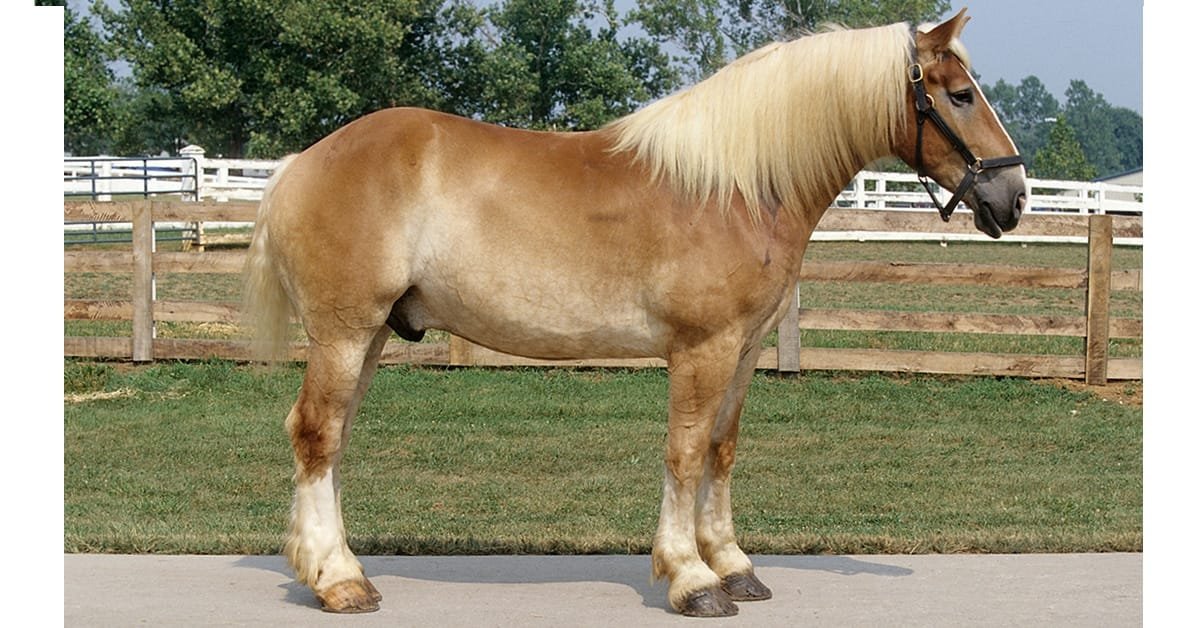Horses have been revered for their strength, speed, and beauty for centuries Among their many fascinating attributes, their size is particularly striking.
all horse breeds each have their own unique history and characteristics, making them fascinating to study and interact with. Whether used for heavy draft work, competitive events, or simply enjoyed for their striking presence, these horses embody the strength and beauty that humans have admired for generations. Their size is not just a physical attribute but a testament to their incredible capabilities and the roles they have played throughout history.
1. Shire

The Shire is a breed that epitomizes the concept of giant horses. Originating from England, Shires are known for their remarkable height and strength. These gentle giants can stand between 16.2 to 17.2 hands high (a hand is 4 inches, so that’s roughly 66 to 70 inches at the shoulder). Some exceptional Shires can even reach up to 18 hands. They were originally bred for heavy farm work, like plowing fields and pulling carts, which is why they have such impressive size and muscle. Despite their size, Shires are known for their calm and docile temperament, making them excellent companions and working horses.
2. Clydesdale

Another breed renowned for its height is the Clydesdale. Known for their striking appearance and distinctive markings, Clydesdales are a breed of draft horse that stands between 16 to 18 hands high. Originating from Scotland, these horses were historically used for heavy agricultural work and hauling goods. They are famous for their large, feathered legs and their elegant, high-stepping gait. Clydesdales are not just big in stature; they also have a gentle and friendly nature, which makes them a popular choice for parades and promotional events, such as the famous Budweiser Clydesdales.
3. Percheron

The Percheron is another tall horse breed with a rich history. Hailing from the Perche region of France, Percherons typically stand between 16 to 17.3 hands high. They were initially bred for war and later for farm work and transportation. Percherons are known for their impressive build and versatility. While they are often used in draft work, they also excel in various equestrian disciplines, including dressage and show jumping. Their calm and willing temperament makes them suitable for both work and recreational activities, and they often form strong bonds with their handlers.
4. Belgian

The Belgian horse, like the Shire and Clydesdale, is a draft breed known for its size and strength. Belgians usually stand between 16 to 17 hands high and are renowned for their muscular build and gentle nature. Originating from Belgium, these horses were traditionally used for heavy agricultural tasks. They have a distinctive look with a broad chest and a strong, stocky frame. Belgians are incredibly hardworking and are often used in competitive draft horse events, where their strength and endurance shine. Despite their size, they are known for their calm demeanor and are easy to handle.
5. Dole Trotter

The Dole Trotter is a less well-known breed but is notable for its height and agility. Originating from Norway, Dole Trotters typically stand between 15.2 to 16.2 hands high. They are a versatile breed, used in a variety of disciplines including harness racing and driving. Known for their smooth, comfortable trot, Dole Trotters are prized for their athleticism and endurance. They have a reputation for being hardworking and reliable, which makes them a favorite among those who appreciate a blend of speed and strength.
Simple facts about why these horse breeds are so tall:
1. Bred for Strength
Tall breeds like the Shire and Clydesdale were bred to do heavy work. Their size helps them pull large loads and handle tough tasks, like plowing fields or hauling carts.
2. Draft Horse Traits
Breeds such as the Belgian and Percheron are draft horses, meaning they were specially bred for their large size and muscle. This makes them perfect for heavy lifting and farm work.
3. Genetics and Growth
The height of these horses is inherited from their parents. Good genetics and proper nutrition help them grow tall and strong, reaching their full height potential.
4. Historical Roles
In the past, these tall horses were used for specific jobs that required extra strength. For example, Clydesdales helped with industrial work, and Shires were used for farming.
5. Modern Breeding
Today, breeders continue to focus on maintaining the height and strength of these breeds. They select for traits that ensure these horses remain large and impressive for work and shows.

